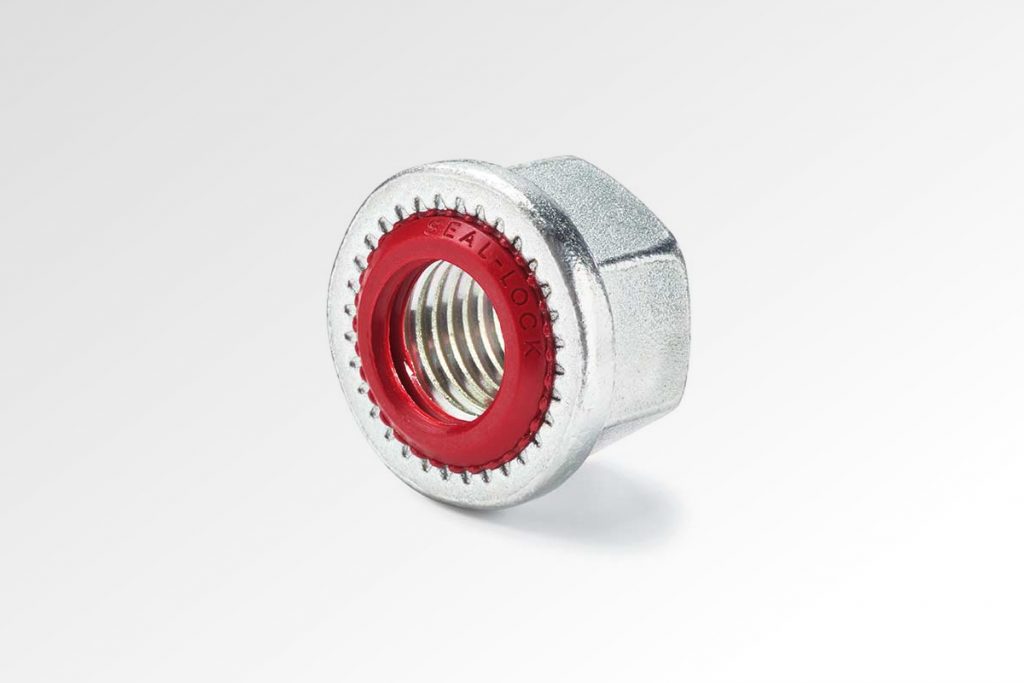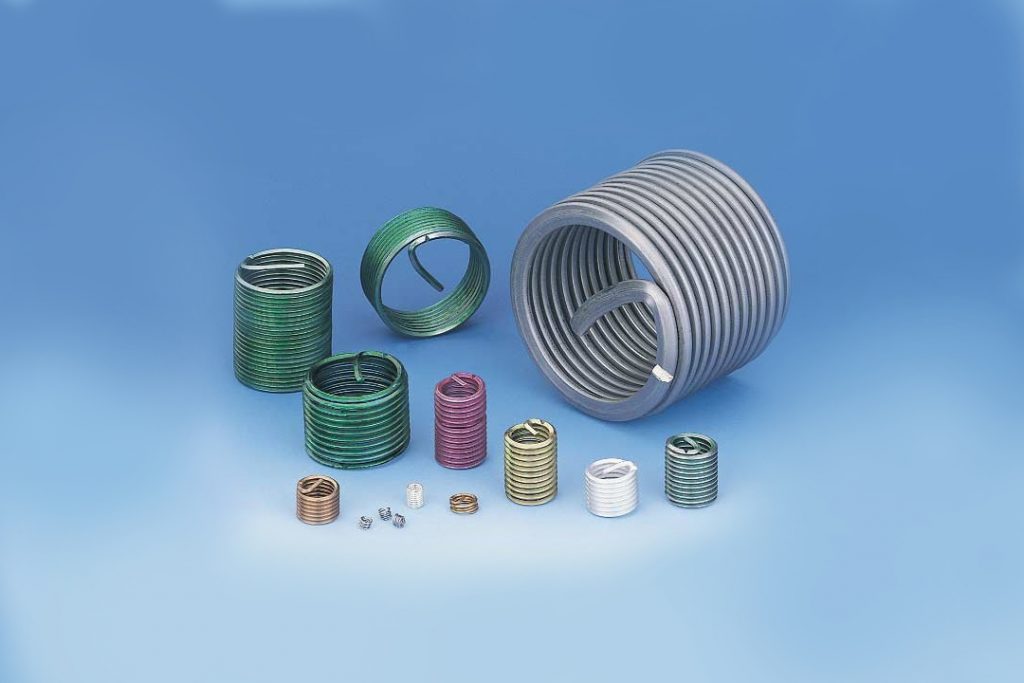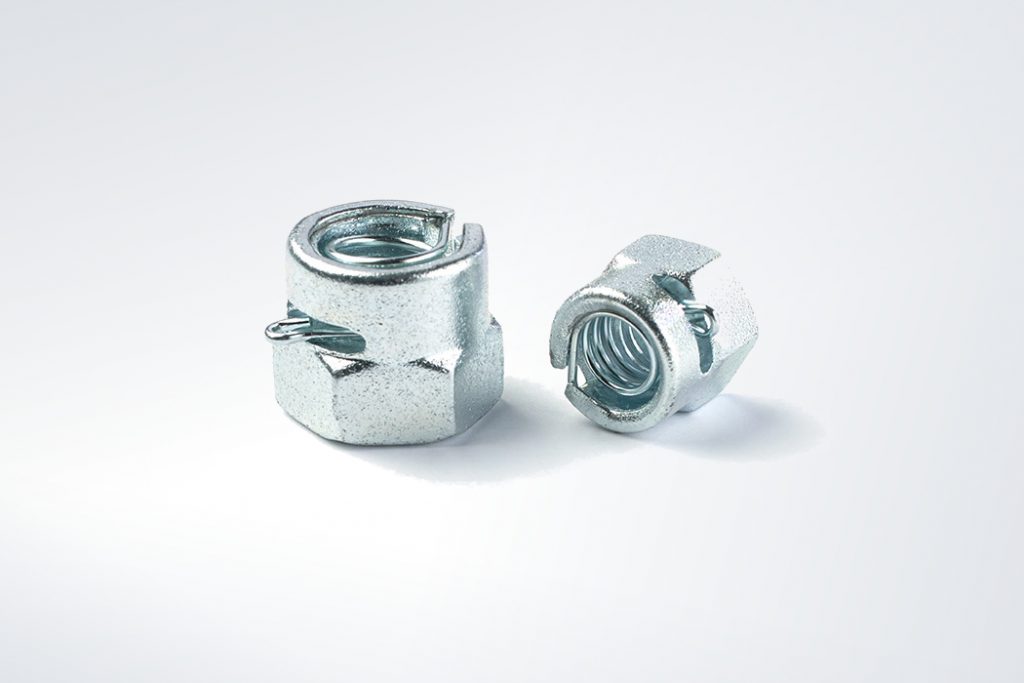The blind rivets are fastening systems that allow high-speed blind assemblies, working on one side only. The blind rivets comes with different types of head: dome, countersunk or large.
Blind rivets are used to fix components one sided in sheet materials and profiles.
Blind rivets are made from two parts: the body (with head) and a nail.
The time and cost saving technology of blind riveting is simple. The materials to be riveted only have to be reached from one side, which explains the term “blind” riveting.
ask about this product
Make an inquiryDownloads
|
Rivetten
EN Version |
3.98 MB | pdf
|
Catalogue
|
|
|
RIVQUICK
en, fr, de, it, es Version |
2.04 MB | pdf
|
Catalogue
|
|
|
RIVQUICK Power Tools
EN Version |
952.10 KB | pdf
|
Catalogue
|
|
Product descriptions
- Product characteristics
- Installation procedures
When a blind rivet is set, a self-contained mechanical feature expands the rivet’s shank, securing the parts being joined. These rivets are most often installed in joints which are accessible from only one side. Blind rivets are also used to simplify assembly, improve appearance, or decrease cost where both sides of the joint are accessible. Blind riveting offers portability — the riveting can be brought to the work. This is valuable for large assemblies.
Blind rivets should be used where:
- Fastener removal is not necessary for maintenance.
- High vibration exists.
- A temporary fastener is needed.
- Uniform clamping is desirable.
- Repair fasteners for field use by untrained personnel are needed.
Blind rivets are classified as pull mandrel, threaded, or drive pin, according to the methods by which they are set.
For the installation of the blind rivets, Rivit can offer a comprehensive range of proper riveting tools, which can either be hydropneumatic or pneumatic, cordless or hand ones.











